Hackers Behind Triton ICS Malware Hit Additional Critical Infrastructure Facility
Triton Hackers Focus on Maintaining Access to Compromised Systems, Report Says
(SecurityWeek – Eduard Kovacs) – The tools and techniques used by the threat group behind the notorious Triton malware show that the hackers are focused on maintaining access to compromised systems, according to FireEye.
The existence of Triton, also known as Trisis and HatMan, came to light in 2017 after the malware had caused disruptions at an oil and gas plant in Saudi Arabia. FireEye’s Mandiant was called in to investigate the incident and the company has been tracking the threat ever since.
FireEye revealed on Wednesday that it recently responded to another attack carried out by the Triton group against a critical infrastructure facility.
The cybersecurity firm says it has come across several custom tools used by the threat actor, including ones designed for credential harvesting (SecHack, WebShell), remote command execution (NetExec), and several backdoors based on OpenSSH, Bitvise, PLINK and Cryptcat. The attackers have also relied on widely available tools, such as Mimikatz.
“The actor’s custom tools frequently mirrored the functionality of commodity tools and appear to be developed with a focus on anti-virus evasion. The group often leveraged custom tools when they appeared to be struggling with anti-virus detection or were at a critical phase in the intrusion (e.g., they switched to custom backdoors in IT and OT DMZ right before gaining access to the engineering workstation),” FireEye researchers explained. “In some instances, the actor leveraged custom and commodity tools for the same function. For example, they used Mimikatz (public) and SecHack (custom) for credential harvesting.”
FireEye, which previously linked Triton to a research institute owned by the Russian government, pointed out that disruptive attacks aimed at industrial environments take a lot of preparation. In one attack analyzed by the company, the attackers had been present in the target’s network for nearly a year before gaining access to an engineering workstation in charge of safety instrumented systems (SIS).
In the attack on the Saudi Arabian oil company, the attackers targeted SIS products made by Schneider Electric and they leveraged a zero-day vulnerability affecting the industrial giant’s Triconex products.
Learn More About ICS Threats at SecurityWeek’s 2019 ICS Cyber Security Conference
Unlike in espionage operations, the attackers focused on maintaining access, moving laterally, conducting reconnaissance, and avoiding being detected, rather than stealing information from compromised devices.
They also took steps to cover their tracks, hide their activities, and make it more difficult for researchers to examine their tools and techniques. They did this by renaming their tools to look like legitimate files, using standard utilities (e.g., RDP, WinRM), relying on SSH-based tunnels to transfer data, using infrequently accessed folders, and deleting tools, logs and other files.
“They attempted to reduce the chance of being observed during higher-risk activities by interacting with target controllers during off-hour times. This would ensure fewer workers were on site to react to potential alarms caused by controller manipulation,” FireEye researchers said.
The threat actor behind Triton is believed to have been active since at least 2014, but the methods it has used have helped it avoid exposure of its operations and tools. The group’s malware was first detected after they accidentally triggered a process shutdown at the plant in Saudi Arabia.
Industrial cybersecurity firm Dragos, which tracks the group behind Triton as Xenotime, reported last year that the hackers had expanded their list of targets to outside the Middle East and had started targeting safety systems other than ones made by Schneider Electric.
Add Comment
You must be logged in to post a comment.



